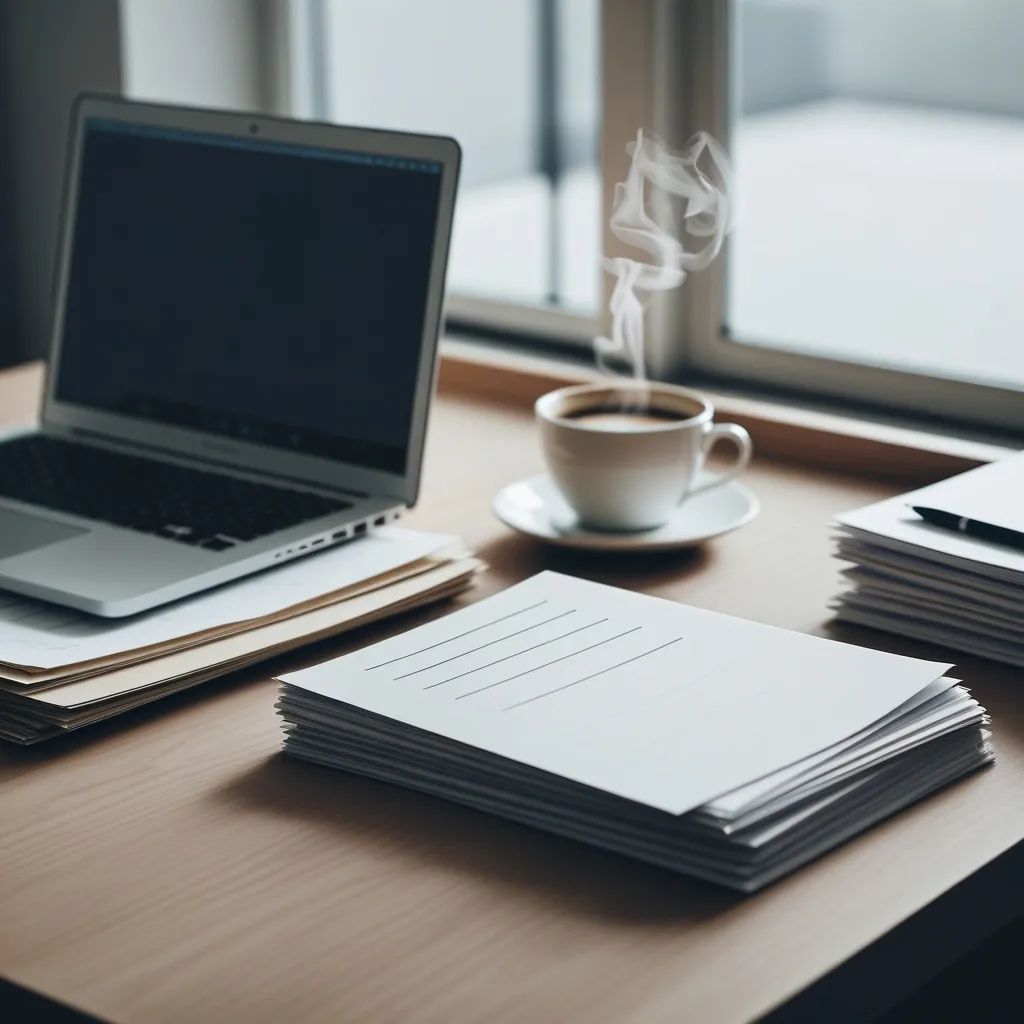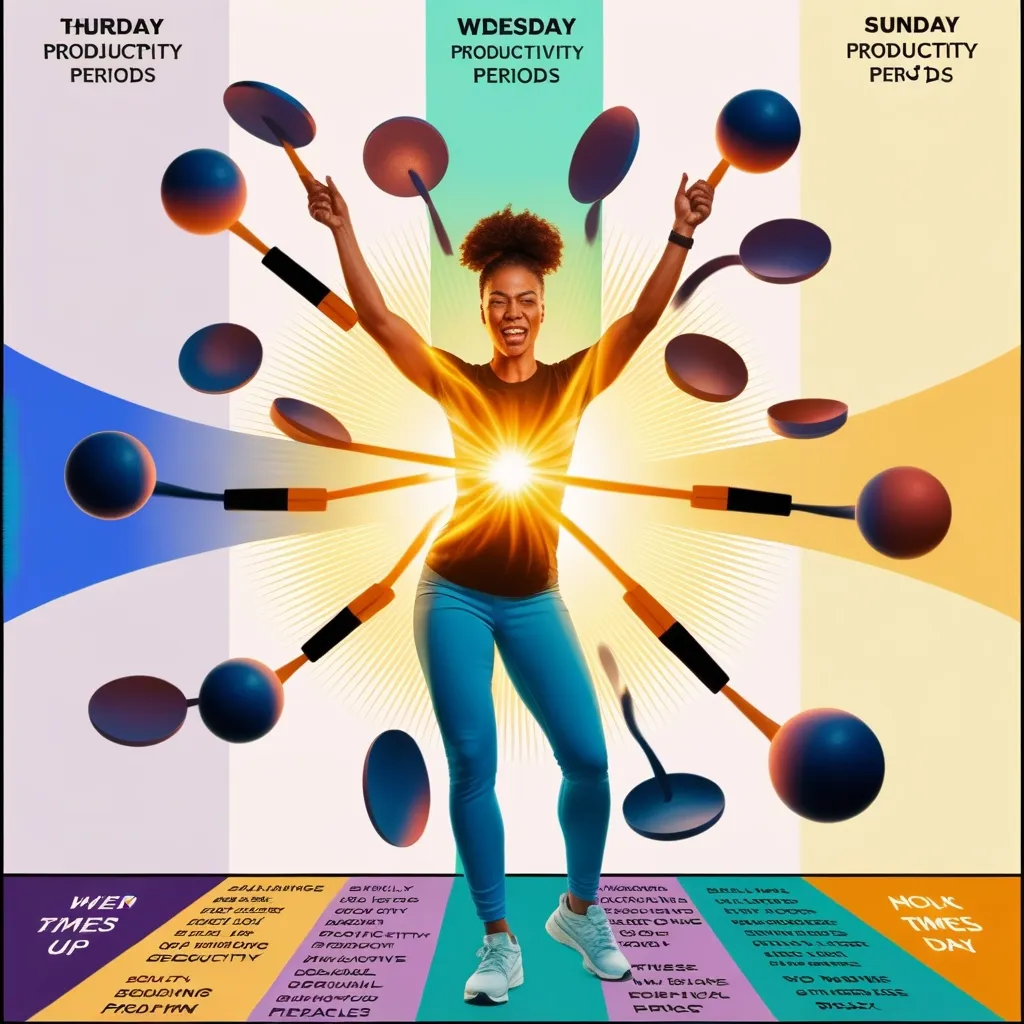In today’s world, where we’re bombarded by distractions and multitasking seems to be the norm, it’s easy to believe that handling several tasks at once makes you more productive. But the truth reveals the exact opposite. Believe it or not, focusing on one task at a time – single-tasking – can actually work wonders for both your productivity and mental well-being.
The Multitasking Mirage
Multitasking is often flaunted as a skill to be proud of, a marker of efficiency and flexibility. In reality, our brains aren’t wired to juggle multiple complex tasks simultaneously. Instead of multitasking, what we end up doing is “task-switching” – rapidly switching our focus from one task to another, and this constant toggling leads to mistakes, lower productivity, and can even stifle our creativity.
Picture this: Writing an important email while tuning into a meeting and checking out the latest buzz on social media. The idea of getting more done might feel rewarding, but in reality, it’s a recipe for disaster. Each task demands your brain’s cognitive effort. When you switch between them, you waste time and are prone to errors.
Embracing Single-Tasking
Single-tasking is all about dedicating your full attention to one task at a time. Let’s dive into why it’s so beneficial.
Laser-Sharp Focus: When focusing on a single task, you can completely immerse yourself in it. This is what athletes call being “in the zone.” In this state, productivity skyrockets, and the quality of work is enhanced.
Stress Relief: Multitasking keeps your brain on high alert, ready to jump from one task to the next. Single-tasking allows you to settle into your work, significantly reducing stress levels.
Enhanced Efficiency: Sticking to one task means you won’t waste cognitive energy switching between tasks. This streamlined approach saves time and ramps up your overall efficiency.
Better Mental Health: Single-tasking removes the constant barrage of distractions that come with multitasking. This leads to a calmer, clearer mind and better mental health overall.
Making Single-Tasking a Habit
Getting into the groove of single-tasking isn’t always easy, especially with distractions lurking around every corner. But don’t worry – there are some handy strategies to help you get started on this new path to productivity.
Crafting a Conducive Workspace: Your environment plays a huge role in your productivity. Keep your workspace tidy, minimize digital distractions, close unnecessary browser tabs, and silence your phone. A clean, organized space will help you zero in on your tasks.
Structured Day Planning: To avoid the chaos of not knowing which task to tackle first, spend some time planning out your day. Prioritize the most important tasks, schedule fixed times for activities like answering messages, and set aside dedicated focus time. This way, you can smoothly transition from one task to the next.
Time-Tracking Tools: Use time-tracking apps to see where your hours are going. These tools can provide insights into your productivity patterns, helping you schedule tasks more effectively and minimize distractions.
Setting Boundaries: Notifications and messages can be major distractions. Set clear boundaries for yourself by going offline or using “Do Not Disturb” modes on your devices. This will keep interruptions at bay, letting you focus entirely on the task at hand.
Building Consistency: Forming new habits takes time. Begin with small blocks of focused time and gradually extend them as you become more comfortable with single-tasking. The aim is to complete one task before jumping to the next.
Real-Life Wins with Single-Tasking
Single-tasking isn’t just a concept – it works wonders in real life. Take the example of an author balancing a full-time job, family commitments, and the daunting task of writing a book. By committing to 90 minutes of focused writing each morning – phone off, tabs closed – the author completed and published their book in just three months!
Or consider an entrepreneur struggling with multitasking chaos. After trying a week of single-tasking, dedicating full attention to one task at a time, and tracking his productivity, the entrepreneur accomplished twice as much as before and felt significantly less stressed and more fulfilled.
Wrapping It Up
In a culture that often praises multitasking, it’s time to rethink our productivity strategies. Single-tasking isn’t just a method; it’s a way of working that can transform your productivity, reduce stress, and uplift your overall well-being. Focusing on one task at a time enables you to achieve more in less time and enjoy the satisfaction of being fully present in your work.
So, the next time you’re tempted to juggle tasks, remember: your brain performs better when it’s not overwhelmed. Set up a distraction-free workspace, plan your day thoughtfully, use time-tracking tools, set firm boundaries, and be consistent with your practice. The rewards of enhanced productivity, reduced stress, and happiness in your work will soon follow.






